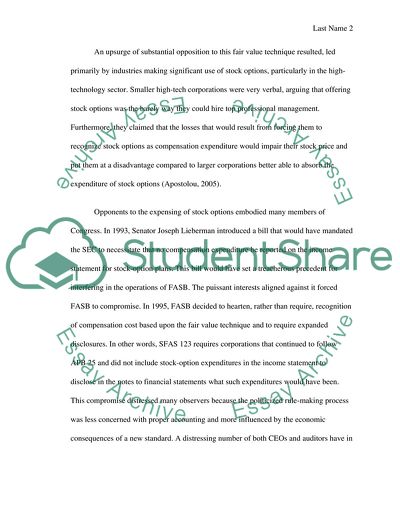Cite this document
(“Stock Options From an Accounting Point of View Essay - 1”, n.d.)
Stock Options From an Accounting Point of View Essay - 1. Retrieved from https://studentshare.org/miscellaneous/1543146-stock-options-from-an-accounting-point-of-view
Stock Options From an Accounting Point of View Essay - 1. Retrieved from https://studentshare.org/miscellaneous/1543146-stock-options-from-an-accounting-point-of-view
(Stock Options From an Accounting Point of View Essay - 1)
Stock Options From an Accounting Point of View Essay - 1. https://studentshare.org/miscellaneous/1543146-stock-options-from-an-accounting-point-of-view.
Stock Options From an Accounting Point of View Essay - 1. https://studentshare.org/miscellaneous/1543146-stock-options-from-an-accounting-point-of-view.
“Stock Options From an Accounting Point of View Essay - 1”, n.d. https://studentshare.org/miscellaneous/1543146-stock-options-from-an-accounting-point-of-view.


